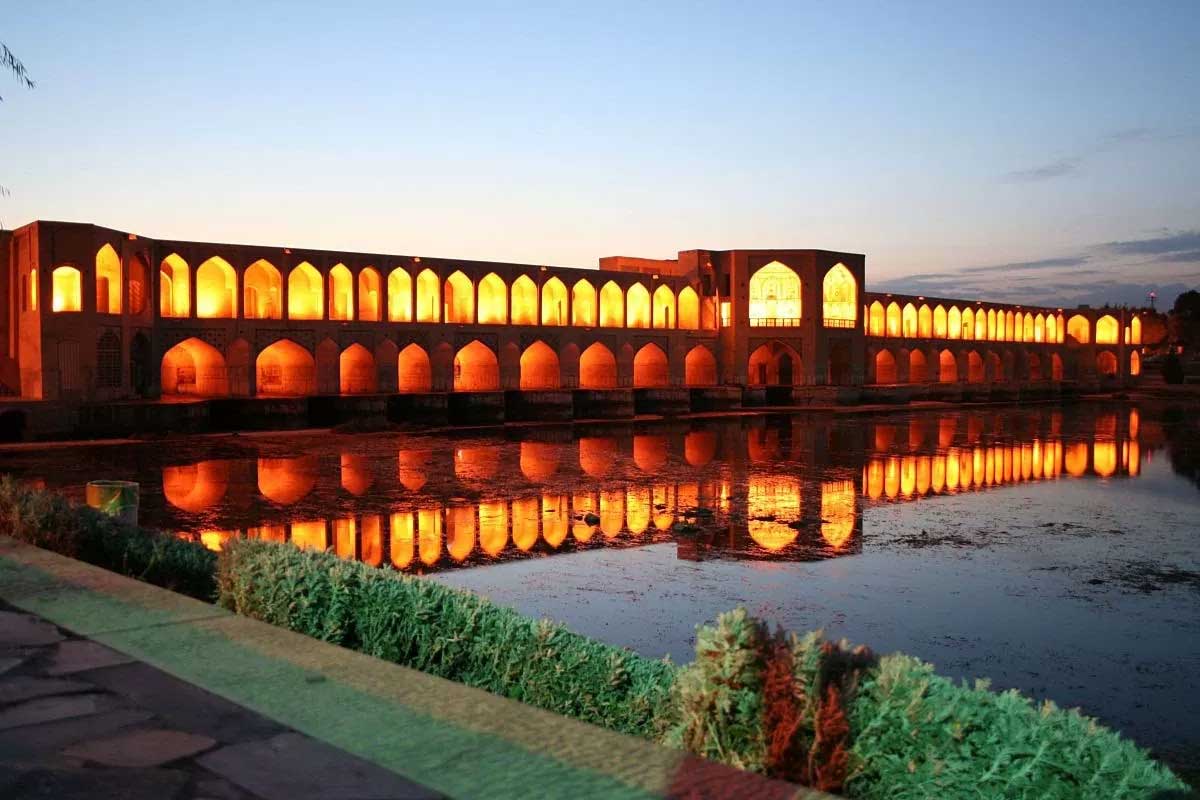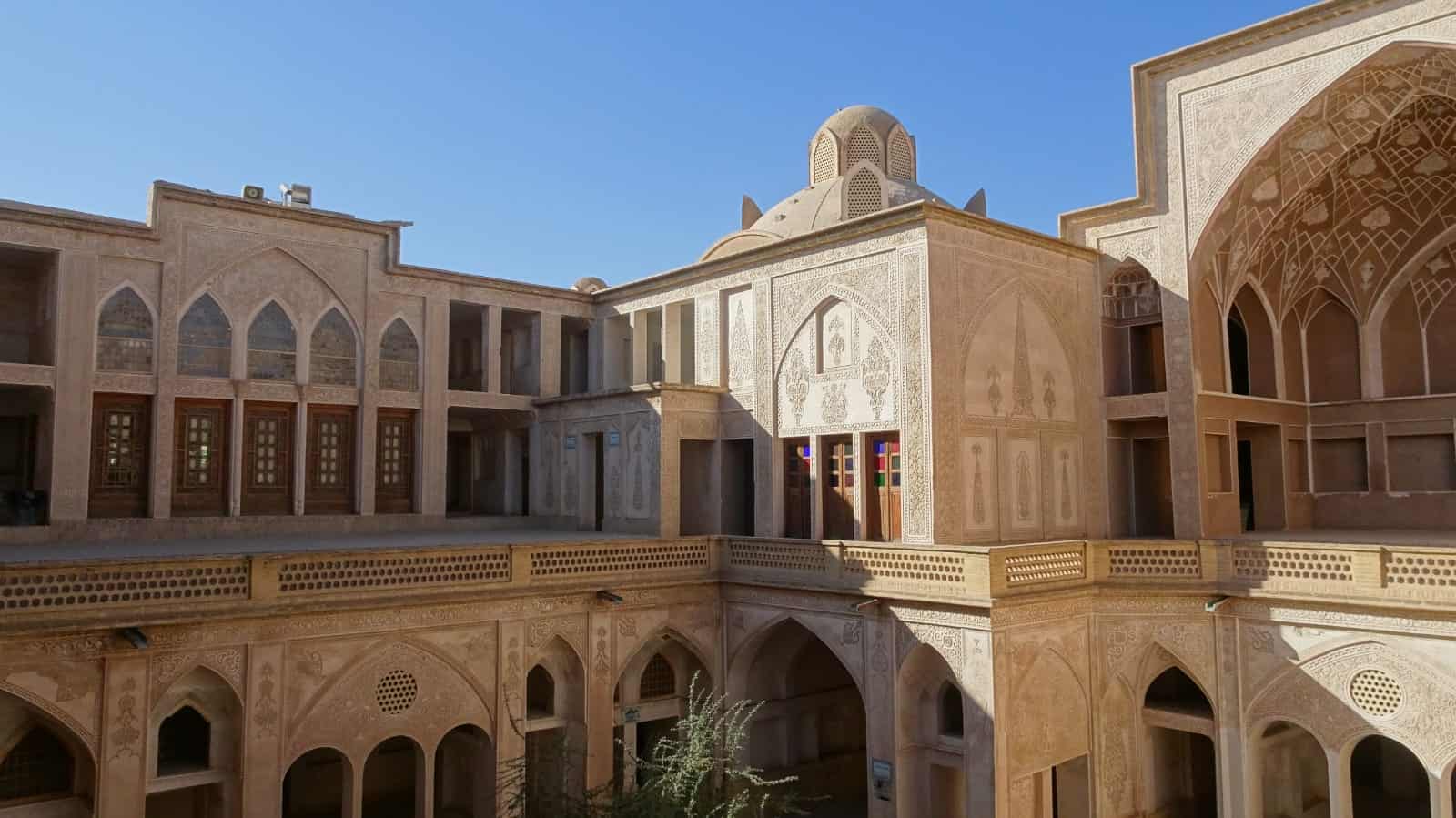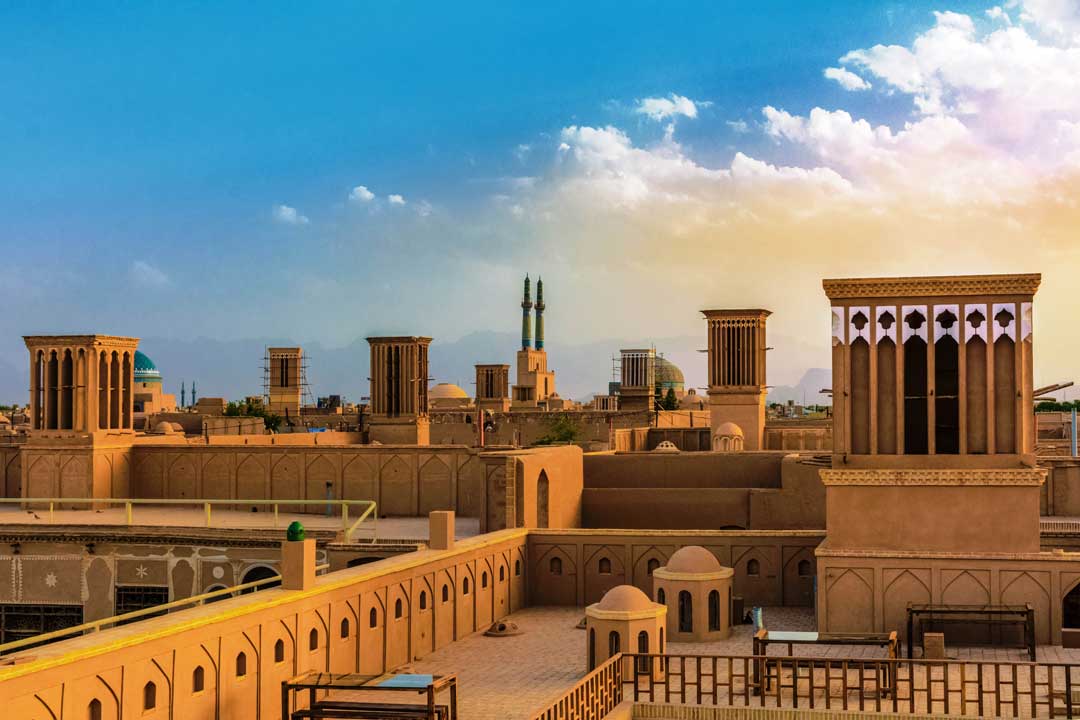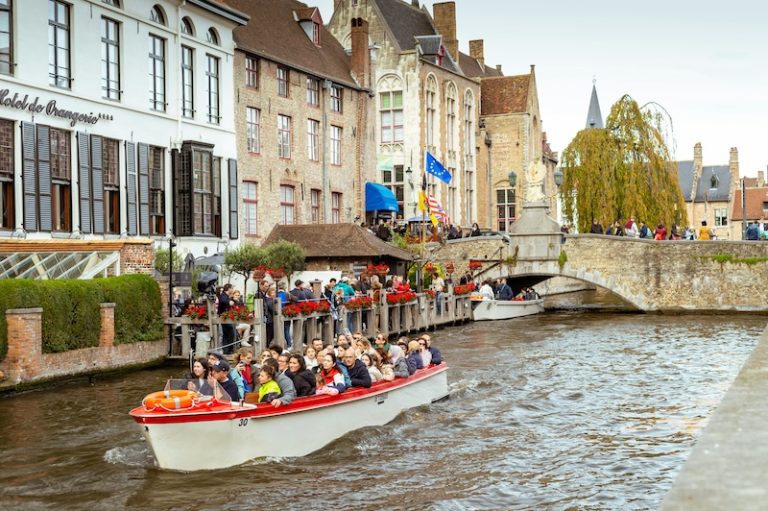The Role of Natural Stone in Tourism Construction and Sustainable Development
Introduction
Tourism and construction are pivotal industries driving economic and cultural growth worldwide. The integration of natural stone in tourism projects not only enhances architectural beauty but also supports sustainability efforts. Natural stone uniquely conveys the intrinsic characteristics and climate-specific identity of a region, wherever it is installed.
By leveraging the diversity of natural stone, tourism and recreational complexes—hotels, resorts, restaurants, and wellness centers—can offer distinctive experiences. These spaces not only become commercial assets but also stand out as unique attractions for visitors.
The Role of Natural Stone in Tourism Projects
Natural stones are widely used in designing luxurious hotels, resorts, and entertainment complexes due to their versatility, durability, and aesthetic appeal. They allow architects to blend nature, art, and cultural identity seamlessly.
Applications in Tourism Architecture
- Hotels and Resorts:
- The use of marble, granite, or travertine for hotel lobbies, suites, and public spaces creates a luxurious and timeless ambiance.
- Local stones enhance the connection between the architecture and its natural surroundings.
- Restaurants and Cafes:
- Natural stones in tables, walls, and outdoor areas create a warm and inviting atmosphere that connects guests to nature.
- Wellness Centers:
- Stones like basalt and granite, with their thermal properties, are ideal for saunas, jacuzzis, and relaxation rooms.
- Subtle hues and patterns in natural stones offer a tranquil environment, perfect for wellness-focused spaces.
Case Studies and Examples
- Mediterranean Stones in Scandinavian Countries:
A relaxation room in a Scandinavian resort designed with warm, bright Mediterranean stones (e.g., travertine) creates an inviting atmosphere, counteracting the cold climate outdoors. - Northern Stones in Desert Resorts:
Desert retreats in places like Dubai or Marrakech utilize cool-toned stones like granite or basalt sourced from northern regions. These stones not only enhance aesthetics but also help maintain a refreshing indoor temperature. - Pools and Spas:
Pools designed with travertine or marble exude elegance and functionality, while saunas and jacuzzis benefit from durable stones that retain and distribute heat effectively.
Advantages of Natural Stone in Tourism Construction
- Durability and Longevity: Lower maintenance costs over time.
- Aesthetic Appeal: Unique textures and patterns enhance the visual identity of spaces.
- Connection with Nature: Highlighting the local identity and creating a memorable experience for tourists.
- Sustainability: A renewable and recyclable material with a lower environmental footprint.
- Commercial Advantage: Unique, stone-integrated designs attract more visitors, boosting revenue.
- Thermal Properties: Ideal for wellness-focused areas like saunas, spas, and pools.
Conclusion
Natural stone is more than a construction material; it is a medium through which regions can express their identity, attract tourists, and foster sustainability. By thoughtfully incorporating natural stones in tourism projects, architects and developers can create spaces that are not only functional but also unforgettable.
Siamak Ekhtary


















Leave a reply